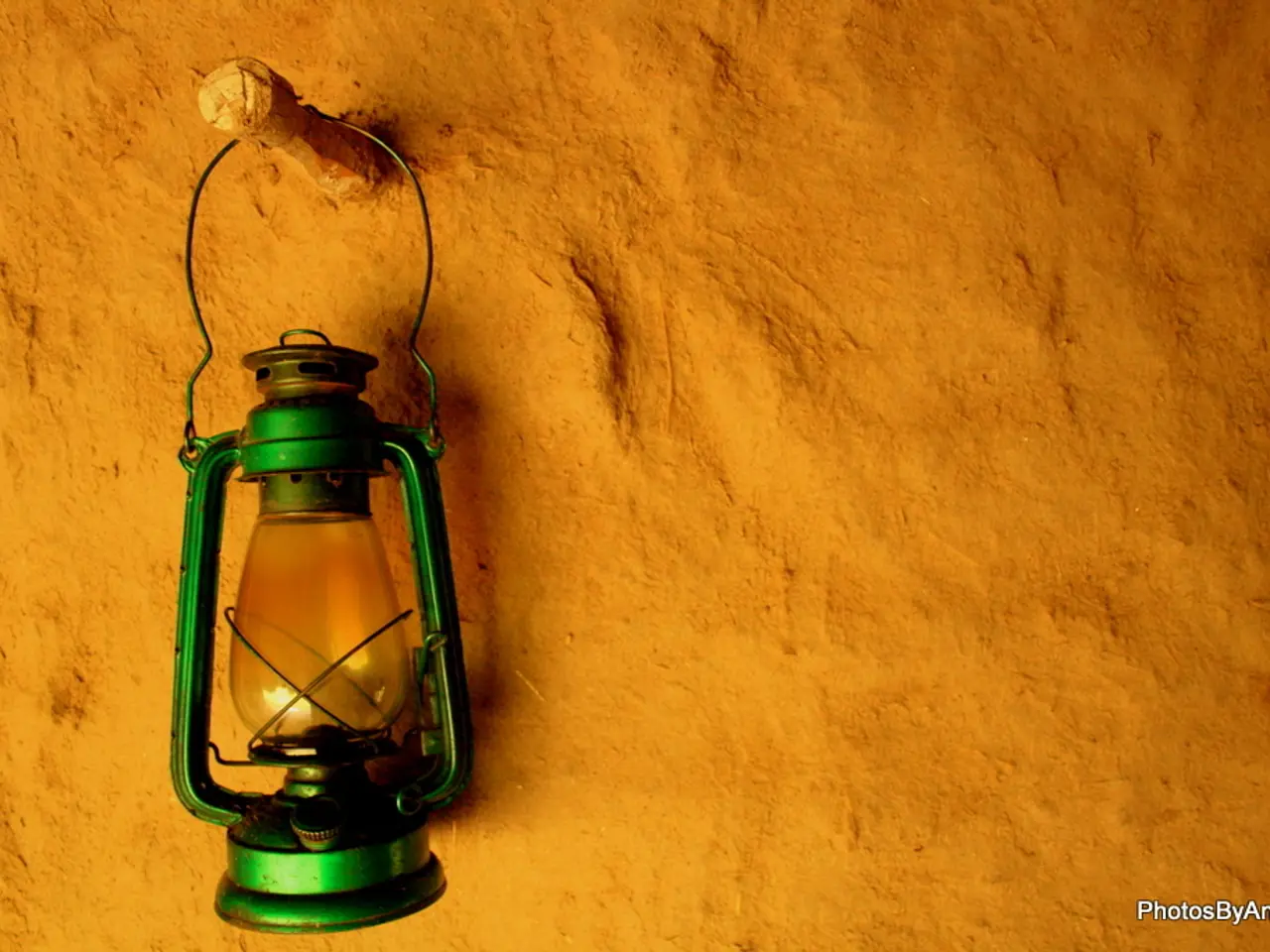Hurricane Erin causes power outages across the Caribbean and advances towards the United States, with warnings issued that the storm may intensify further.
Hurricane Erin Causes Power Outages and Heavy Rain in Caribbean
Hurricane Erin, currently a category 3 storm, has been causing significant disruptions in the Caribbean. The storm has brought heavy rain, flooding, and power outages to Puerto Rico and the Virgin Islands.
The hurricane made landfall in the region earlier this week, producing flooding, rough seas, and tropical storm conditions across the area [2][3]. In Sierra Bayamón, Puerto Rico, a suspension insulator broke, causing a conductor to fall to the ground due to the stormy weather.
Luma Energy, Puerto Rico's private power grid operator, revealed that over 159,000 customers were left without power due to the storm [4]. The majority of affected customers are concentrated in the regions of Arecibo, Caguas, and San Juan.
As of 5pm local time on Sunday, Hurricane Erin was 275 miles north-northwest of San Juan, Puerto Rico, moving west with maximum sustained winds of 125mph. Up to six inches of rain is likely to fall in some areas, and fears are mounting that this heavy rain could lead to flash flooding or mudslides.
The storm has also caused concerns about Sargassum seaweed reaching the shore. A large amount of the seaweed was reported on the island of Sint Maarten, which could contain harmful toxins poisonous to people and marine life. Cleanup crews have been working since Sunday morning to clear debris on the island.
As Hurricane Erin moves north-northeastward offshore of the southeastern U.S., it is expected to strengthen in the next two days before taking a north-ward turn on Monday and Tuesday [1]. The projected path takes Erin northeast between the U.S. East Coast and Bermuda, then out to sea, sparing the U.S. from a direct landfall. However, coastal flooding, storm surge (up to 4 feet in some areas), high surf (10 to 20 feet waves), and dangerous rip currents are expected to affect areas such as the North Carolina Outer Banks through mid-week after the storm passes [1][2].
Puerto Rico Governor Jenniffer González-Colón has warned residents to stay home if possible, and Luma Energy has advised the public to avoid walking or driving through flooded areas, especially near downed power lines. The storm has also claimed two lives, as two divers were swept away near St. Croix in the US Virgin Islands and had to be rescued by local crews on Sunday [4].
Tropical storm warnings have been issued in Turks and Caicos and the southeast Bahamas as Hurricane Erin continues to move west. The hurricane is expected to weaken through the middle and latter half of next week as it passes between the US and Bermuda.
References:
- National Hurricane Center
- ABC News
- CBS News
- Puerto Rico Power Authority
General news reports indicate that Hurricane Erin, currently a category 3 storm, has caused power outages and heavy rain in the Caribbean, particularly in Puerto Rico and the Virgin Islands. Weather conditions related to the storm have led to concerns about flash flooding, mudslides, and Sargassum seaweed reaching the shore.








